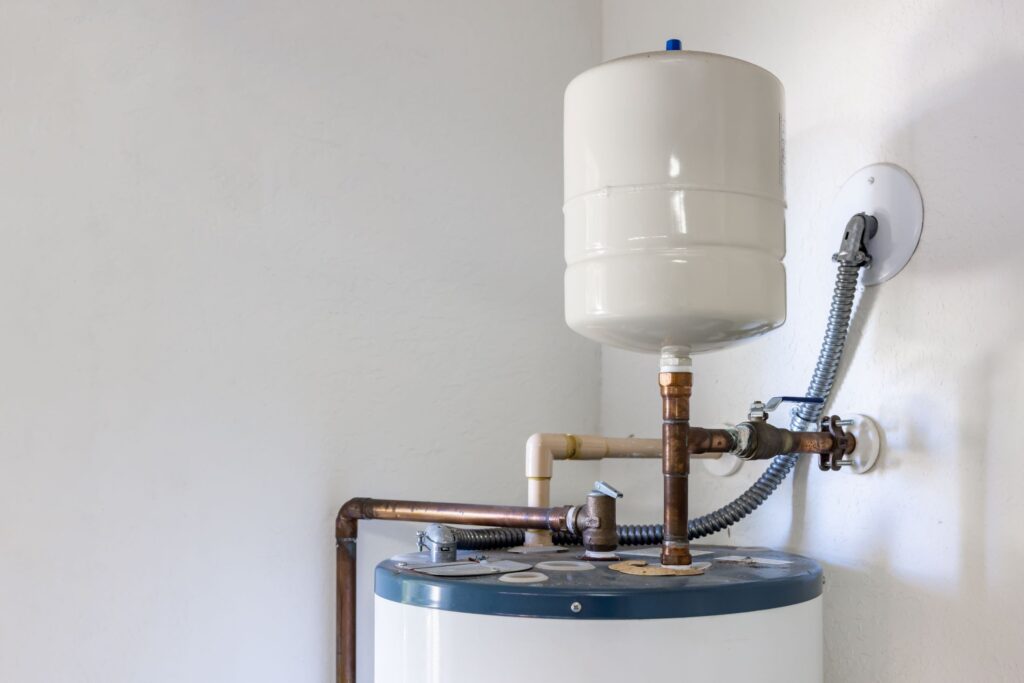Best Practices for Maintaining Your Home's Hot Water System
Best Practices for Maintaining Your Home's Hot Water System
Blog Article
We have stumbled upon this great article on Tips For Maintaining Your Hot Water Heater listed below on the net and concluded it made perfect sense to discuss it with you in this article.

Warm water is vital for everyday comfort, whether it's for a revitalizing shower or washing dishes. To ensure your warm water system runs efficiently and lasts longer, normal maintenance is essential. This write-up gives functional pointers and understandings on exactly how to keep your home's hot water system to avoid interruptions and expensive fixings.
Intro
Keeping your home's hot water system could seem daunting, yet with a couple of easy actions, you can guarantee it runs efficiently for years to find. This overview covers whatever from recognizing your hot water system to DIY maintenance ideas and understanding when to employ expert help.
Relevance of Maintaining Your Warm Water System
Normal maintenance not just expands the lifespan of your hot water system but also guarantees it operates successfully. Overlooking maintenance can lead to decreased effectiveness, greater energy bills, and even premature failure of the system.
Indicators Your Hot Water System Needs Upkeep
Understanding when your hot water system requires focus can prevent major issues. Watch out for indications such as irregular water temperature level, strange sounds from the heating system, or corroded water.
Purging the Water Heater
Flushing your water heater removes sediment accumulation, enhancing performance and lengthening its life.
Checking and Replacing Anode Rods
Anode poles prevent rust inside the storage tank. Checking and changing them when worn is crucial.
Facility Concerns Calling For Specialist Aid
Instances consist of significant leaks, electrical problems, or if your water heater is continually underperforming.
Routine Professional Maintenance Benefits
Professional upkeep can include extensive examinations, tune-ups, and ensuring compliance with safety and security requirements.
Evaluating and Readjusting Temperature Setups
Readjusting the temperature setups makes sure ideal performance and safety.
DIY Tips for Upkeep
You can perform several upkeep jobs on your own to keep your hot water system in leading problem.
Checking for Leaks
Routinely evaluate pipes and connections for leakages, as these can result in water damages and greater bills.
Recognizing Your Hot Water System
Prior to diving into upkeep tasks, it's handy to comprehend the basic parts of your hot water system. Normally, this includes the hot water heater itself, pipes, anode poles, and temperature level controls.
Regular Monthly Maintenance Tasks
Routine regular monthly checks can help capture small problems prior to they escalate.
Examining Pressure Relief Valves
Checking the stress relief valve guarantees it functions properly and prevents extreme pressure build-up.
Insulating Pipes
Shielding hot water pipes lowers heat loss and can save power.
When to Call a Specialist
While DIY upkeep is beneficial, some problems call for professional experience.
Conclusion
Routine upkeep of your home's hot water system is necessary for performance, longevity, and expense savings. By complying with these pointers and knowing when to seek expert aid, you can make certain a reputable supply of warm water without unforeseen interruptions.
How to Maintain an Instant Hot Water Heater
Before tinkering with your hot water heater, make sure that it’s not powered on. You also have to turn off the main circuit breaker and shut off the main gas line to prevent accidents. Also turn off the water valves connected to your unit to prevent water from flowing into and out of the appliance. 2. When you’re done, you have to detach the purge valves’ caps. These look like the letter “T†and are situated on either side of the water valves. Doing so will release any pressure that has accumulated inside the valves while at the same time avoid hot water from shooting out and burning your skin. 3. When the purge valves’ caps are removed, you have to connect your hosing lines to the valves. Your unit should have come with three hoses but if it didn’t, you can purchase these things from any hardware or home repair shops. You can also get them from retail stores that sell water heating systems. Read the user’s manual and follow it to complete this task properly. When the hosing lines are connected, open the purge port’s valves. 4. You should never use harsh chemical cleaners or solutions when cleaning your unit. Make use of white vinegar instead. It should be undiluted and you’ll probably use about 2 gallons. 5. Now flush your water heater. This task should probably take about 40 minutes. We can’t give you specific directions for this because the procedure is carried out depending on the type, model and brand of your heater. With that being said, refer to the user’s manual. 6. When you’re done draining the unit, you have to turn off the purge port valves again. Remove the hosing lines that you earlier installed on each of the water valves. Put the valve caps (purge port) back in their respective places and be very careful so as not to damage the rubber discs that are found inside these caps. 7. Now that everything’s back in place, check your user’s manual again to find out how to reactivate your water heating system. 8. Once it is working, turn one of your hot water faucets on just to let air pass through the heater’s water supply pipes. Leave the tap on until water flows smoothly out of it. https://www.orrplumbing.com/blog/2014/september/how-to-maintain-an-instant-hot-water-heater/

As a passionate reader about How to Maintain Your Water Heater & Prolong its Life, I thought sharing that section was important. Enjoyed our post? Please share it. Let another person check it out. Thanks for taking the time to read it.
Call Today Report this page